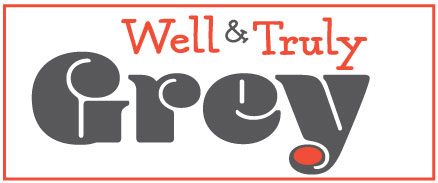Half of us can’t find a doctor or can’t get a timely appointment
When Dr. David Eaton retires later this year, 1,400 of the approximately 2,800 people of Wheatley, Ont. will be losing their family doctor, with nobody lined up to take his place.
Across the country, in Victoria, a woman took out an ad in a local paper imploring a qualified doctor to come forward and help her 82-year-old husband renew his expiring prescription, having hit a roadblock at every turn in her attempts to find care.
These are the types of stories emerging this summer as a family doctor shortage hits crisis levels across the country. The lack of an intimate relationship with health care through a family physician is causing Canadians considerable consternation and compounding their ability to receive adequate care.
The latest study from the non-profit Angus Reid Institute – the second in a three-part health care series – finds half of Canadians either unable to see the doctor they have within a week (33 per cent) or trying but unable to find a doctor at all (17 per cent). Few, 14 per cent, say they have a doctor, and can get an appointment quickly, while one-in-three say it usually takes longer than they’d like, but if it were urgent, they could get an appointment promptly.
Among those who report difficult access or none at all, specialist appointments and diagnostic tests are additionally challenging to secure.
Consider that Canadians who have easy access to a doctor are half as likely to say it was difficult or impossible to see a specialist or book a diagnostic test than those who have difficult access or don’t have a doctor at all. Further, both latter groups are three times as likely as those with easier access to their GP to say their health has worsened over the past six months.
As part of this comprehensive survey canvassing attitudes regarding access to primary and secondary care in Canada, the Angus Reid Institute also surveyed Americans to better understand their experiences. The data show that while a near-identical number of adults on both sides of the border report having a family doctor, Americans are twice as likely to have easy access to a timely appointment. Additionally, Canadians who have a doctor are four times as likely (32 per cent) as Americans (eight per cent) to say they’ve been seeing their doctor virtually over the past year or so.
More Key Findings:
- Both men (28 per cent) and women (21 per cent) between the ages of 18 and 34 are the most likely to report wanting a doctor but not having one. That said, significant numbers across all age and gender categories are having trouble accessing reliable care from a physician.
- Among those without a doctor – fully 20 per cent of the total adult population – one-in-three (35 per cent) have been looking for more than a year, while three-in-ten (29 per cent) say they have given up searching.
- A majority of those receiving virtual care are unbothered by it, but one-in-three say they dislike (24 per cent) or hate it (11 per cent).
Link to the poll here: www.angusreid.org

